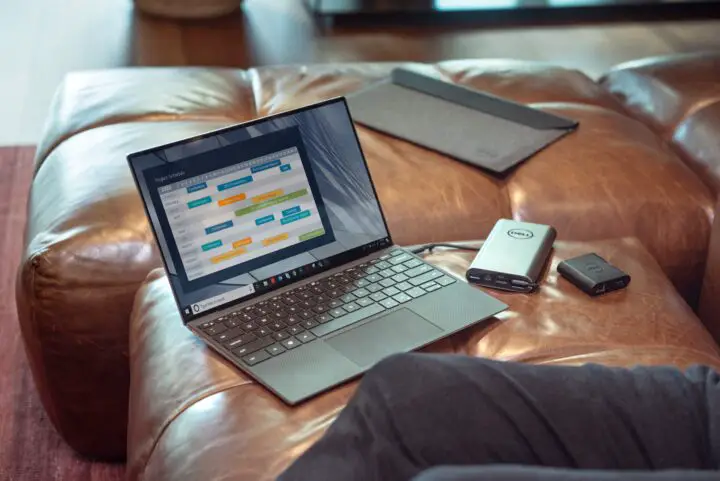5 Tips for Submitting Better Bids as a Subcontractor

Bidding can be very stressful. Even putting together a good bid that will be competitive can be rather difficult. It takes a lot of knowledge to put one together so one should never shy away from learning new, helpful information. Whenever you have a chance to learn more about the bid you should take it and use it to do some proper calculations of the perfect bid.
Getting the estimate right takes a lot of experience but it pays off. The worth will become obvious once you start scoring more bids. As knowledge is the most important aspect of bidding we’ve assembled some tips that will help you, along with some useful software brought to fruition by Dallas Nugent Milton professional.
1. Bid only on the right jobs

This may seem like a no-brainer but it’s a very easy thing to screw up. It’s easy to get carried away and end up bidding on too many jobs. This can have multiple repercussions.
The first one is that your company not having enough time to dedicate to all of the jobs you’ve won bids for. This can lead to more deliberation on which jobs to drop and which to keep. The time spent untangling the abundance of jobs can easily put things on hold for a bit causing unwanted hits to the workflow of the company.
The second issue that can easily happen is that the job you’ve won a bid on simply won’t turn a good profit for your company. The numbers may show some very negative traits to the job and some jobs may be a plain loss. In which case the whole thing can be solved by dropping the bid but it’s better to avoid spending all that time just to drop a project in the end so consider the potential of the job before bidding on it.
The third situation you can get into is withholding bids too much. This one is probably the rarest as the usual business requirement to bid will often take over and make us go in for something. However, if you do happen to indulge in bids rarely, to a point where you skip some fruitful projects, double-check your numbers and rationalization. It may be wrong impressions that are keeping you away from better bids.
Look for projects that are similar to ones you’ve already bid on or ones that you can do some quick number crunching for and give a fitting bid to. This way you’ll be less likely to happen upon troubles mentioned above while still getting your bid through.
2. Ask questions

As we said, knowledge is key to good bids. There is no better source of knowledge than the people who put the project on the bid themselves. Make sure to ask about specific demands and goals of the whole project as well as check whether the currently set project has firm requirements for their materials.
Maybe they are using something more expensive that could be replaced with cheaper yet equally viable material. Ask them any questions that may impact the costs of the operation or time spent on the project. Make sure they and their team are fully versed in what they are making and have fleshed out the concept completely.
However, there are usually cut-off dates for questions to be submitted. It will allow any changes to the plans and specifications to be made. This can mean trouble if the cost of materials used changes but you shouldn’t wreck your head about potential changes as much as you should about current, confirmed specifications.
3. Utilize proper software

No matter what job you are engaged in it’s important to have corresponding software. After all, we live in a digital age where everything can be bumped up with some good software work. In the case of bidding, we have https://www.sure-bid.com/.
This is a great tool for both contractors and subcontractors because it gives them all the convenient tools required for a quick bid. The software can easily help subcontractors avoid bidding on fake projects and wasting their time and energy on those. It can also help you find projects for a specific date if you are looking to fill a certain time of year.
This helps with scheduling jobs and other business work without having to shovel through projects that simply do not work for you. Software such as this allows for utilization of some high-tier takeoff software without requiring its license as well.
Software like this is what cuts down a lot of stress that would otherwise pile onto you making bids even harder to do when the constant frustrations keep mounting.
4. Use takeoff software and do proper measurements

The takeoff software is an important piece of tech that should be used before every bid to get an idea of how much the project will cost. This software aids users in extracting material counts and estimates from digital blueprints as well as doing some labor estimates. All of this together will save you a lot of time you’d spend manually calculating it.
Be advised that you still have to be careful. Firstly, the software is never going to be anything but estimates so never expect it to be fully correct. Another thing you should be wary of is that it’ll only be as good as blueprints you have available are accurate. Discern if there is any information missing from the project if there is check with people responsible whether filling the missing information is possible.
You should also be careful about properly measuring the blueprints and with proper sizes. Check all the settings being done for the current calculation before running it for estimated costs. Making a mistake on a single unit can cause an avalanche of issues later down the line.
5. Check your math

Another simple mistake that can be made is making errors while doing the math. However, while the mistake is simple the impact is huge. It could ruin your bid completely as you bid too little or too much over the costs of completing the job.
Sometimes we tend to do some manual math or calculate things in our mind. While this is okay for a casual situation where a mistake won’t matter much in business it can be devastating. Always have a calculator with you and bid software on the side to confirm the correctness of calculations. If you are using an algorithm you made yourself make sure formulas are all in order.
Checking twice doesn’t take too much time and it can save you from some bad situations so make sure to always do it. Even if you used all the proper tools to calculate, it’s often worthwhile to do a double check regardless.

